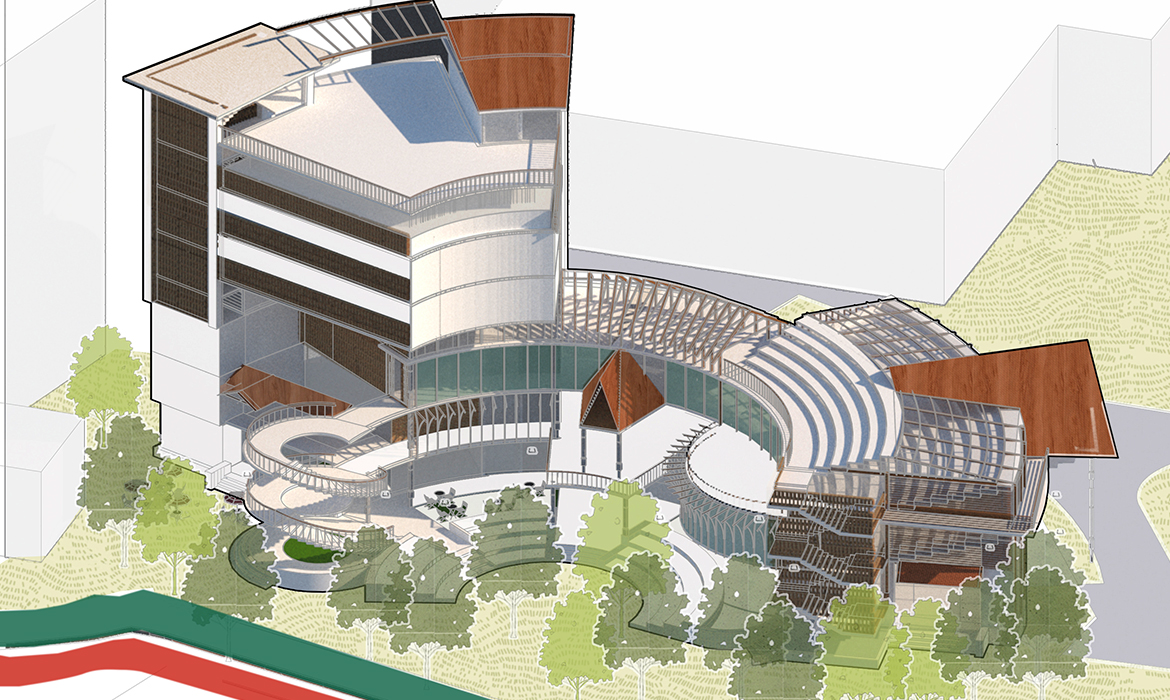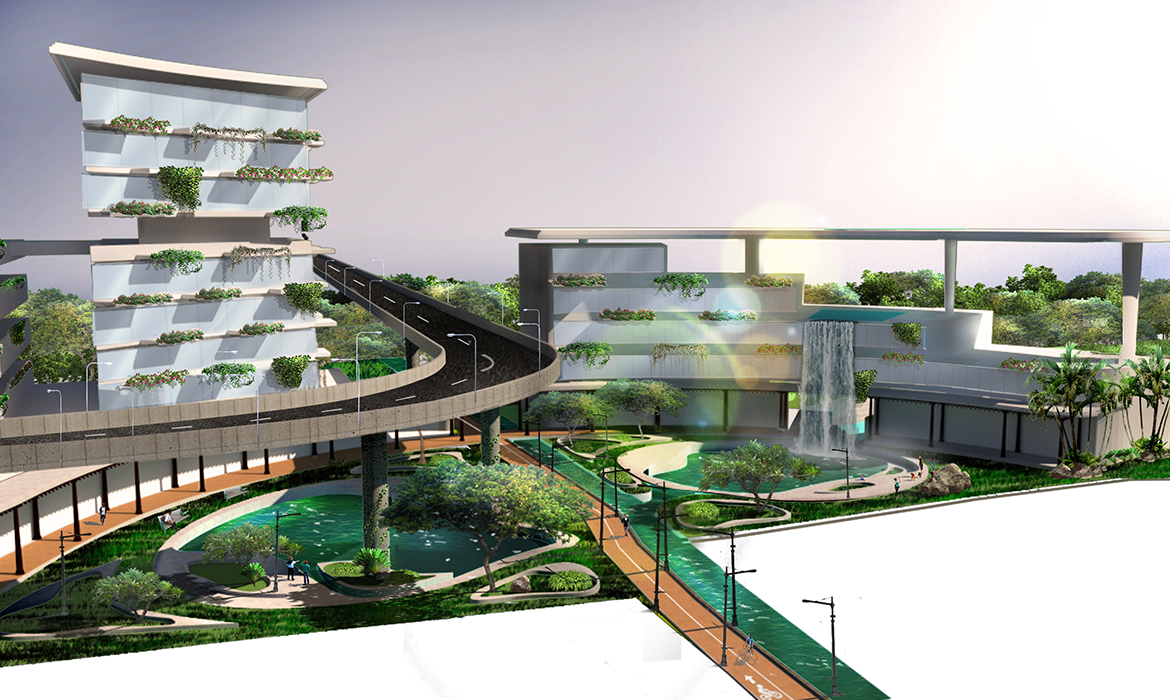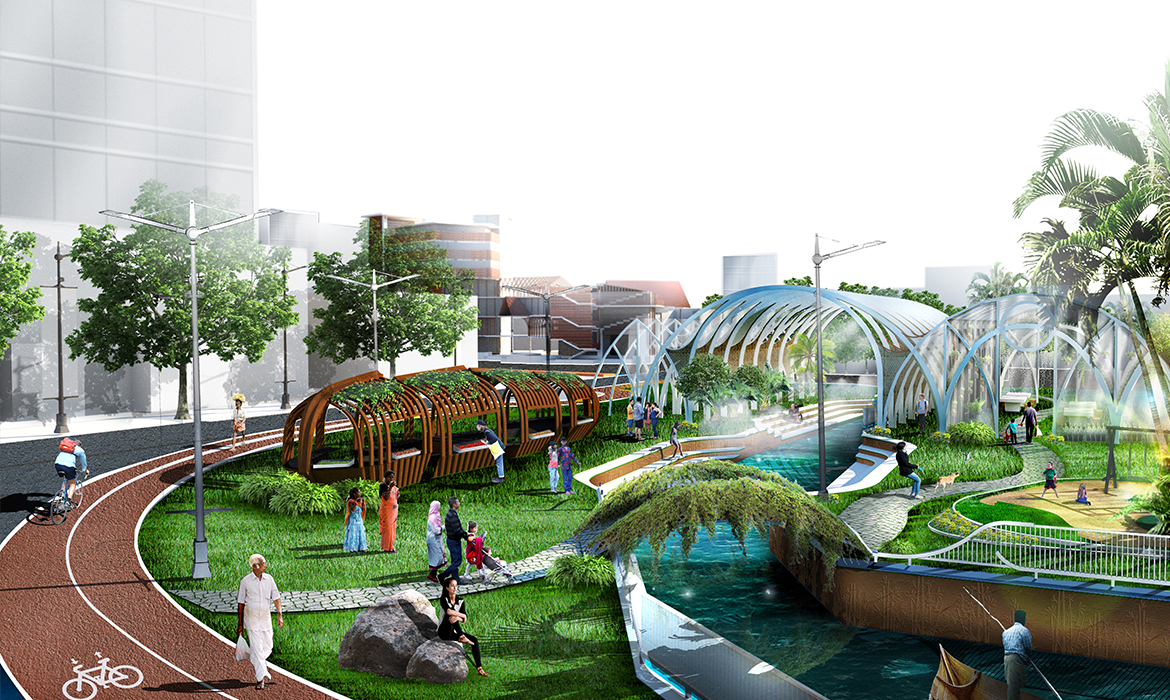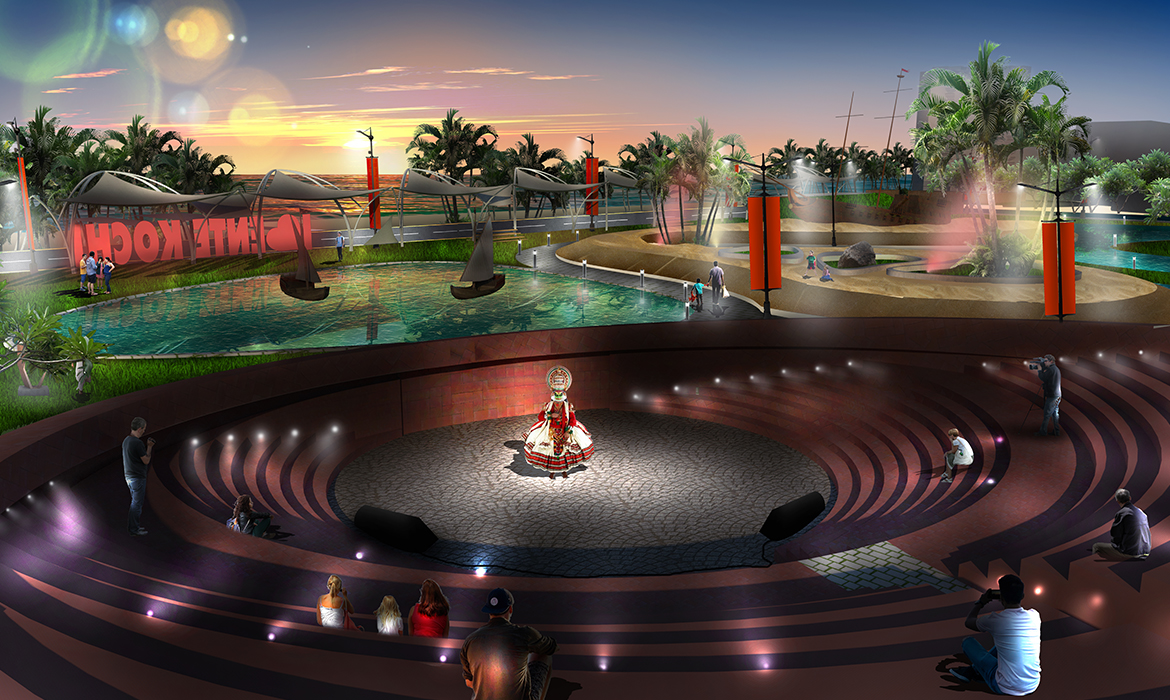



Opportunity
The Mullassery Canal is emblematic of the transformation of Ernakulum from a green city to a dense urban sprawl where the erosion of traditional habits and habitats has led to a steady decline in spatial quality. The dumping of waste and untreated sewage into the canals has led to a denial of a dignified existence for many residents coupled with a severe imbalance in India’s second largest wetland, the Vembanad Lake aquatic ecosystem.
Canals symbolize life-giving water. It’s tragic when cities turn their backs on watercourses and make them highly polluted drains. Our aim is to restore Kochi’s special relationship with water and rekindle the vital bond that gives the city it’s unique identity. We aim to celebrate the Vembanad Lake and Mullassery Canal and bring these waterbodies back into the public consciousness as places that need urgent preservation; places that have potential to become lively destinations for rest, repose and recreation.
Story
Civic sense translates into pride and a sense of ownership of one’s environment and a desire to contribute to improving conditions. Understanding what makes the city beautiful and stimulating urban renewal in balance with natural systems can be a persuasive way to fuel the awakening of community spirit. Our approach has been anchoring development around people and their aspiration for a better quality of life…focused primarily on those who live around the Mullassery Canal and all who study or work-in, travel-through or visit this precinct.
We are promoting a participatory approach that harnesses the power of citizens, particularly women and the youth – both potent agents of change. We aim to seed a blend of traditional and contemporary practices managed by local stakeholders to administer together with eminent specialists. Our solutions hope to set into motion a virtuous cycle by aligning incentives –delivering benefits of transport, tourism, technology and trade across social strata. A space syntax analysis of traffic patterns has revealed ways to achieve more integrated connectivity to transportation networks to make our intervention area the spatial and cultural epicentre of the city – This process will help free-up the adjacency of the canal for pedestrians and cyclists.
Our strategy encompasses:
A Guardian Network – Waste management practices and a network of ‘urban appliances’ that treat solid-waste and waste-water. A People Network – An active canal realm for people linking key destinations along a pedestrian ecological-socio-cultural axis. A Collection Network- A system of managing flood water using bio-swales and retention pools within public gardens
The starting point for the revitalization of this precinct would be to view water and waste as valuable resources and encouraging sustainable community-level practices such as ‘two-bin-one bag’ segregation-at source and composting of organic waste from homes and gardens.We plan to introduce bespoke, compact, modular and scalable ‘urban appliances’ to process sewage and waste water from the precinct using eco-friendly and odour-free Membrane Bioreactors (MBRs) that generate clean water suitable for irrigating the expanded green spaces and household kitchen gardens. These MBRs would be camouflaged with vertical gardens or roof-top features, co-located with public toilets and dispersed across the open parking areas and peripheral interstitials. Simultaneously, the water of the canal would be kept clean using non-toxic bio-remediation and continuous-filtration including the use of microbial sand and bioswales. Our waste management strategy includes the use of interceptor drains to divert sewage away from the canal to MBRs. Connecting the waste of Padikathukulam settlement to MBRs and monetizing the surplus compost generated by the community are intrinsic to our plan.
CREATING A GREEN LUNG
The revitalized canal, pedestrian pathways along its banks with cycle tracks and contiguous greens connecting key areas of the precinct will work in concert. The public realm will be expanded to encompass a mixed-use district centre with the new multi-level KSRTC workshop & bus-terminus set within the Tropical Gateway Gardens on one side and the Priyadarshini Coastal Eco-park on the other end. These kinetic spaces are designed to evolve in response to changing seasons and festivals and provide multiple venues for inspiring public art, including events associated with the Kochi Biennale.
The junction of the Mullassery Canal with the Thevara-Perandoor Canal plays an important ecological role in flushing excess water to the backwaters. The restoration of the natural flow and bioremediation of the Thevara-Perandoor Canal is critical to the success of the Mullassery Canal initiative. This junction is envisaged as a natural flood basin which can be developed as a rich, self-sustaining, vibrant wetland ecosystem with bio-swales along the perimeter. The dense foliage will have a treasure-trove of rare plant species with many medicinally and commercially valuable varieties. These greens will deploy water-harvesting and help the soil rejuvenate over time. They will also have flood-mitigation retention pools connected via gates to mimic the action of pre-urban lagoons of this precinct. All these features would make city dwellers more aware of the natural history of Kerala. A successful project of this scale would certainly inspire more widespread people-centred wetland rehabilitation efforts across India.
Mullassery Canal forms a virtual axis that connects the new with the old…. the heart of Ernakulum, the transport networks including the ferry terminal with the historic entrepôt of Fort Kochi across the water. The resultant urban forests and gardens will form a cohesive green lung for the city. A fully accessible and walkable campus that unifies fragmented properties, offers new sport & recreation facilities, hotels, markets as well as a cultural courtyard, libraryand conservatory. Existing paved areas, transitional spaces and boundary walls between select public buildings would be replaced by a swathe of landscaped greens with endemic plants and trees to achieve this.
SAMYOGYAM
EnteKochi is a great opportunity to discover solutions while renewing the traditional roots of life in Kerala… a way of life that has always been in a symbiotic relationship with the earth, water and forests. This synergy or SAMYOGAM is our guiding principle – sharing community resources and converging the restorative power of nature with the convenience of a modern city.
Diverse in style and content, yet deeply connected by the theme, the map shows how coronavirus has transformed the places we live. Beloved people, places, and activities were suddenly out of reach. Food, shelter, and other basics were vested with elevated importance; so were access to nature, creative outlets, and a sense of social connection. This was published by Bloomberg CITYLAB in June 2020.





